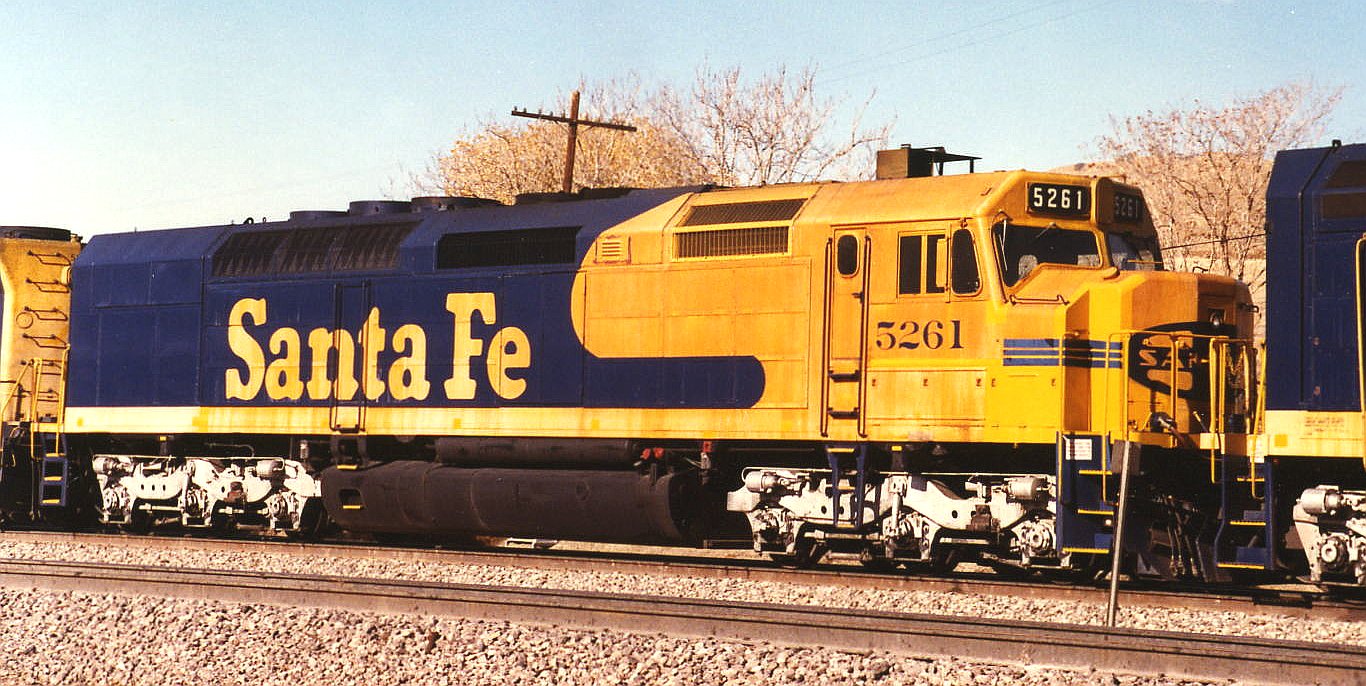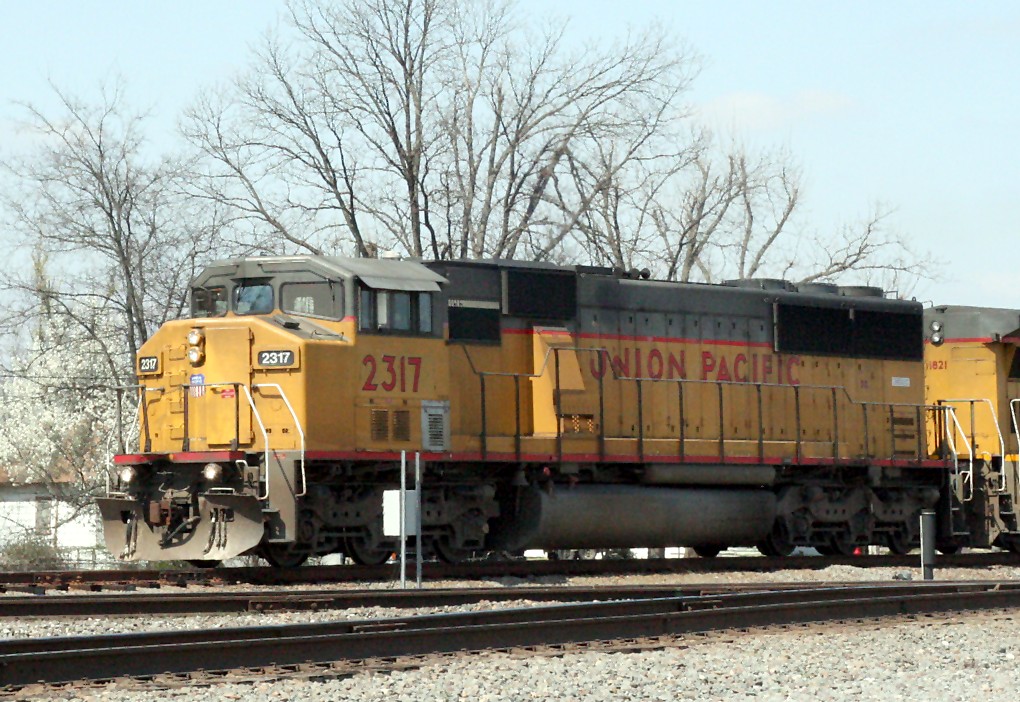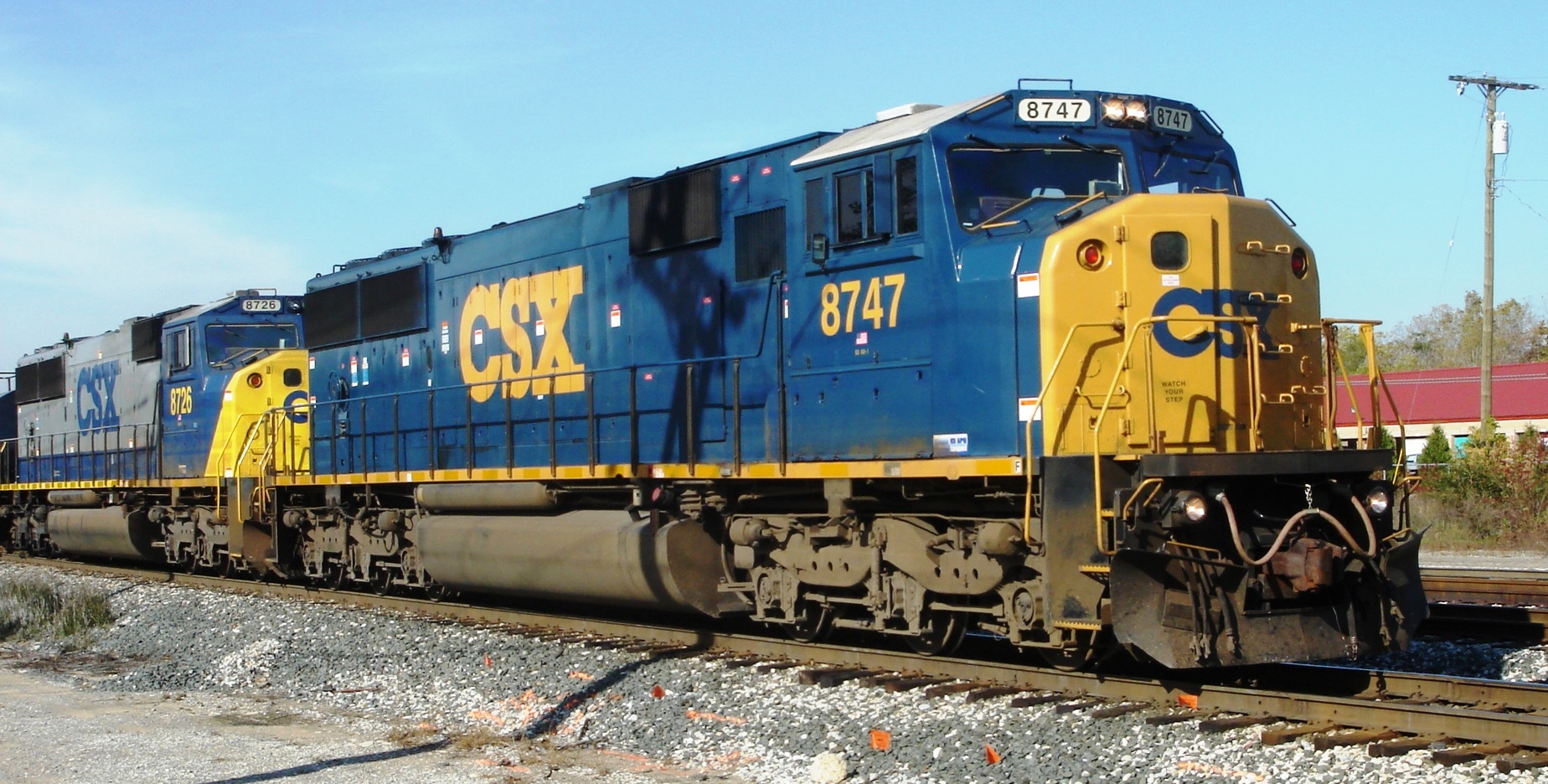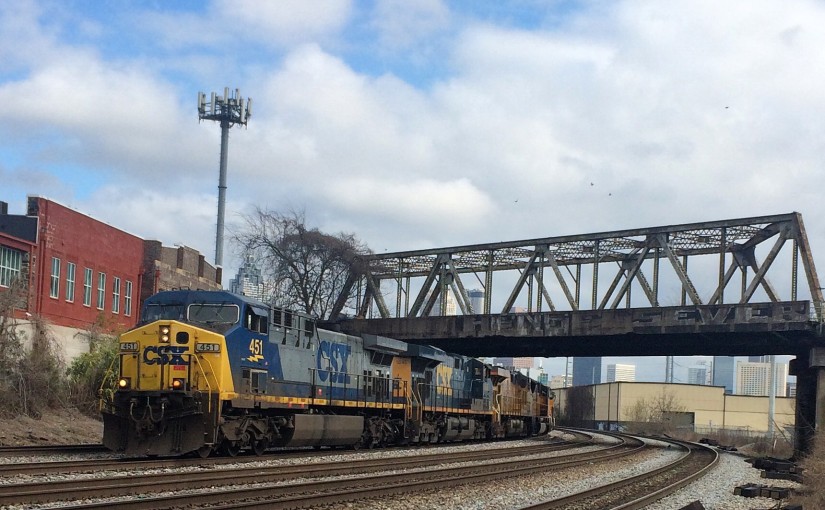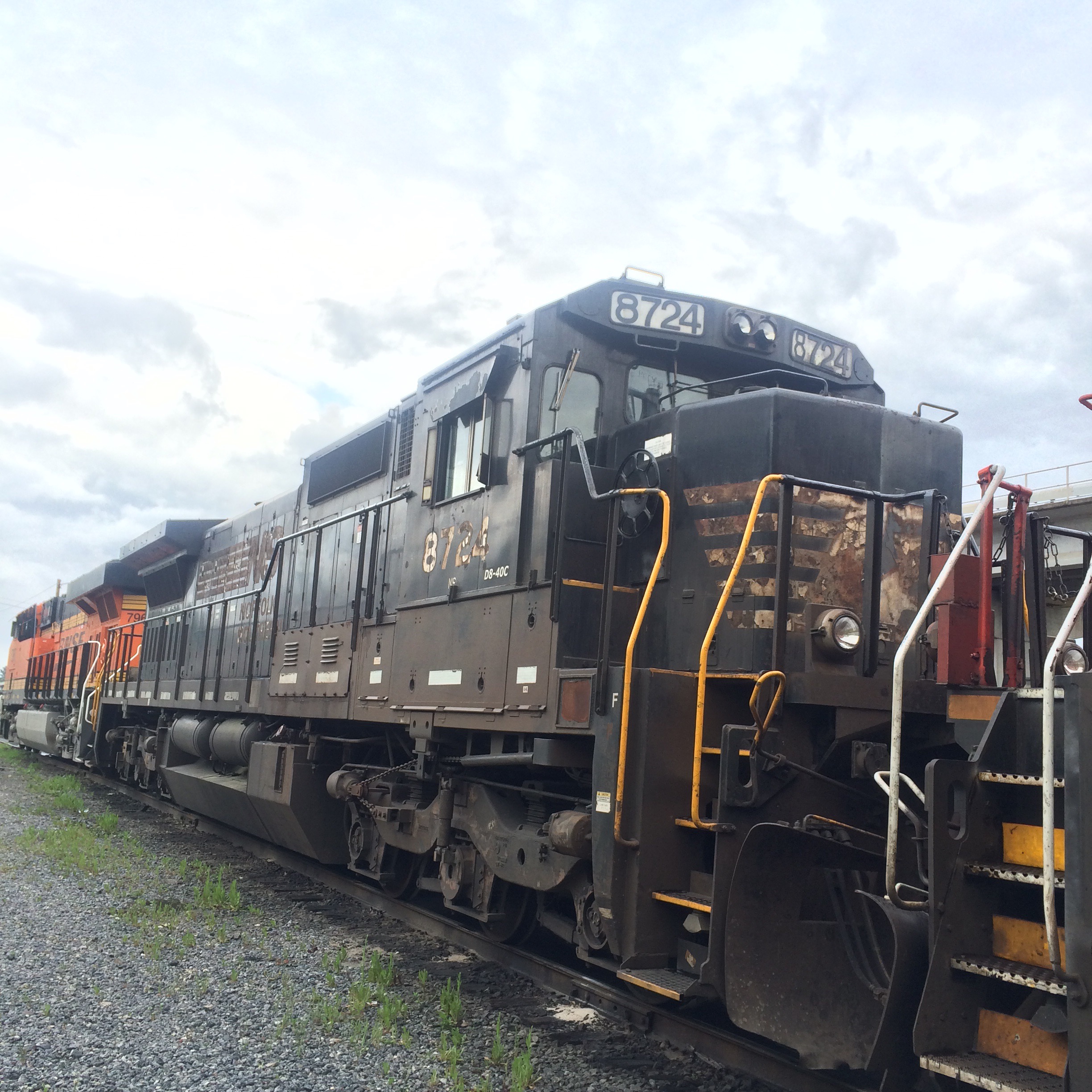Because while writing about wide nose variations I realized there also didn’t really exist such a catalog of non-wide cabs. Conventional road-switchers only!
Except for the railroad custom jobs at the end, standard cabs are not being built new since the 1990s. However, so many were sold over the years that they remain ubiquitous in all situations other than the lead unit on a mainline train: trailing power, locals, switching; not to mention museum-pieces.
EMD
Early high nose
The classic, original EMD look of the 1950s. Used on early road-switchers such as the GP7, GP9, GP18, etc.

Early low nose
Used on a very small number of GP9s, and then on GP18, GP20, etc. The factory low nose sloped downward from back to front. I have seen divided and undivided windshields, not sure if both are original or not.
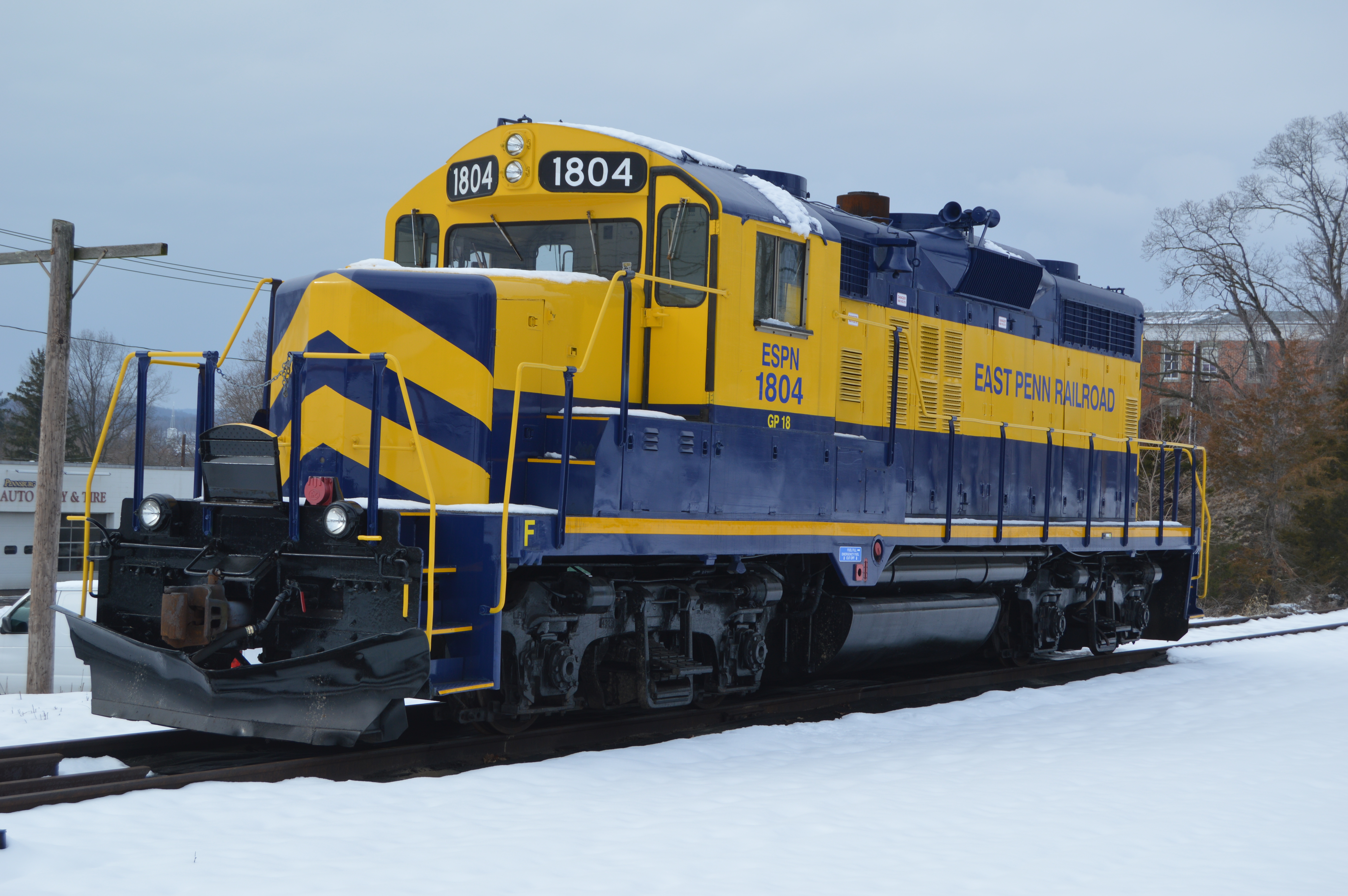

Early, chopped nose
Most of the low-nose first generation EMD’s are the result of modification by the owners. These vary wildly in appearance depending on who rebuilt them and when.


GP30
Unique design, never used again, but serving as a transitional model between the generations before and after.

If you think that looks unusual, check out the high hood version:

Standard, aka “Spartan” Cab
This is the normal basic EMD cab, the face of US railroading for decades. Introduced with the GP35 in 1963 and used up through the SD70.

Final models (SD70s, some SD60s and GP60s) have a housing on the side of the nose for the “ICE” (Integrated Cab Electronics).

Standard, high nose
Associated with Southern and N&W. Considered more crashworthy than the low version. (It was also cheaper for a long time) These kept their high short hoods well into the NS era.

The Snoot
Elongated nose to hold early radio control equipment. Used only on SD40-2 – taking advantage of the model’s long frame.

“Aerodynamic”
Used only for demonstration units, this is the standard cab with the edges rounded off.

GE
GE’s standard cabs had generally stubbier noses than their EMD counterparts.
There are probably more variations than shown here, but one so rarely encounters older GEs that I’ve never had a reason to try to learn more about it than this.
Early version, low nose
Characteristic of U-boats, Dash-7s. Short, “round but square” nose, rounded roof.

The side view shows how short the nose really is:

Note the first model, the U25B, had a longer nose than its successors.

Early version, high nose
Southern ordered their GE’s with a high nose, because of course they did.

Hunchback cab
Transitional design used on early Dash-8s. The nose is more like the next version, but the round roof is still round. Notice the roof is lower than than body behind it.

Late version
Seen on Dash-8s and the small number of Dash-9s that were not built with wide cabs. The roof is angled instead of round, and matches the height of the overall body. The nose has sharper angles and is not as blunt as the Dash-7 version.
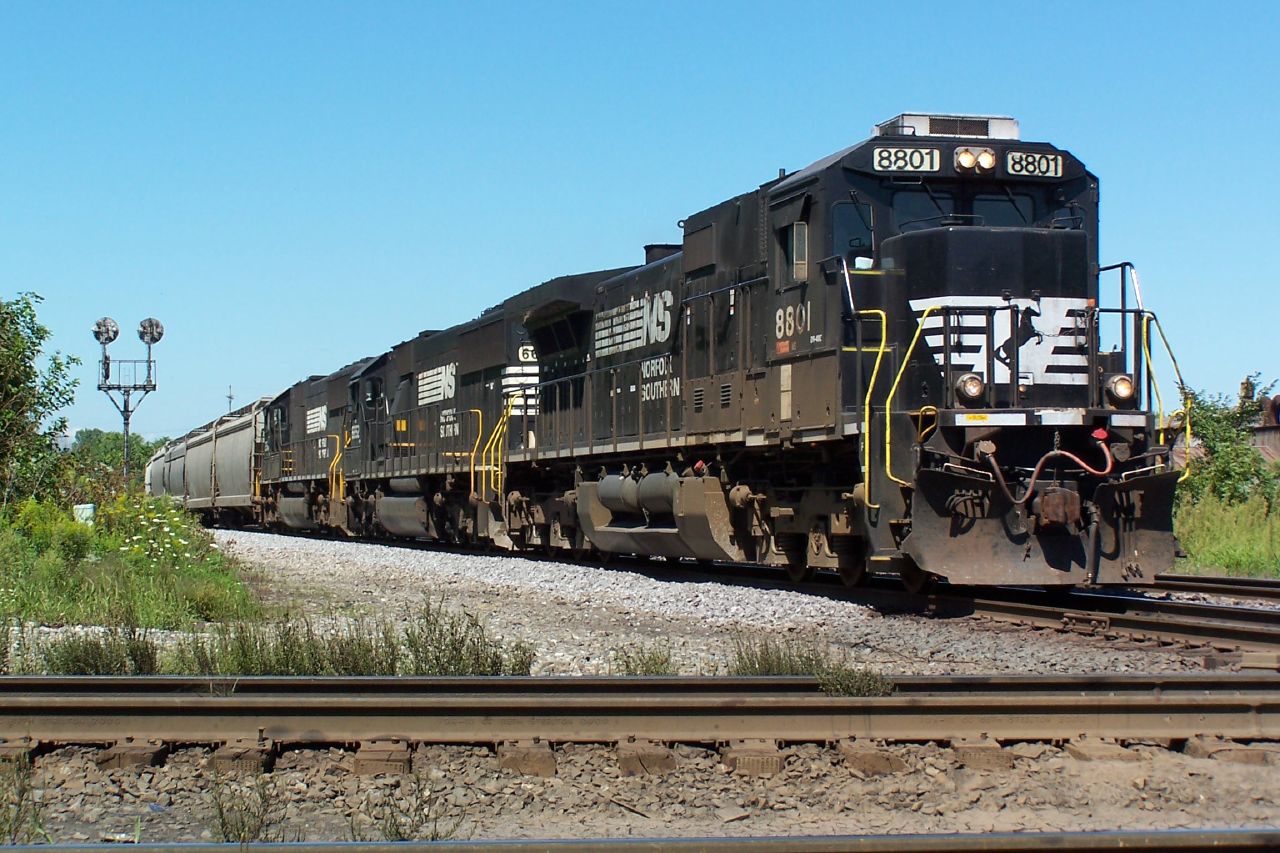

ALCO
All of these are museum pieces now, but relevant in the history of road-switcher design.
1st version
Used on RS-1, RS-2, RS-3, etc., all the way back to 1941. These were by far the most popular ALCO models, so this is the look usually associated with the builder. The short hood is the same height as the long hood, but the cab is notably taller than both.

Later models are “rounder” than the RS-1.
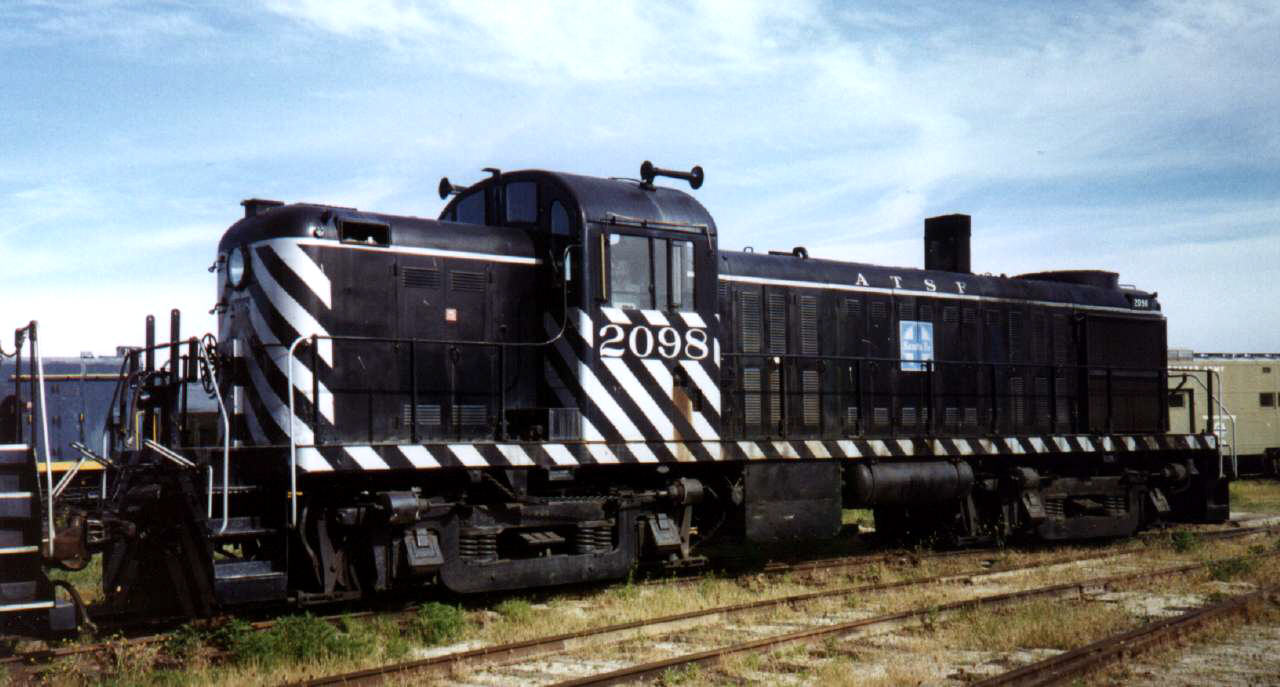
1st version, chopped
No low-nose alternative was offered for these early ALCOs. But like their EMD counterparts, they ended up getting chopped every which way, resulting in a snoot almost like an SD40-2.


2nd version, high
Starting with the RS-11 they made the hood as tall as the cab, and changed the shape of the nose.
2nd version, low
The lowered version of the same nose as above. There appear to have been both one- and two- window variants.

The length of the nose compared to its height is truly crocodilian, especially on the 6-axle RSD-15. The “Alligator” is disproportionately famous for a model that sold only in the double digits.

On the even less successful RS-27, they shortened the nose down to a mere stub of its former self.

Century cab
The Century Series featured a totally new look. They simplified the look of the nose, and angled the front windows. Most models had a very short GE-like nose. The C420 had a different, longer nose than the others.

Santa Fe CF7 Cab
The CF7 program to rebuild F-Units into a road-switcher involved an oddly proportioned parody of the standard EMD cab. Both rounded and angular roofs were used.


NS Admiral Cab
This is used by NS for some of their rebuilds. It is similar to the EMD standard cab, but with sharper edges, higher number boards (which go above the roof), and windows angled outwards (from bottom to top).

CSX “Dash 3” Cab
Some of CSX’s rebuilds use this blocky design which is very controversial among railfans.

Similarities to the cab used on various NRE Genset models have been noted, but they are not so identical as to suggest that CSX simply bought the cabs from NRE.





